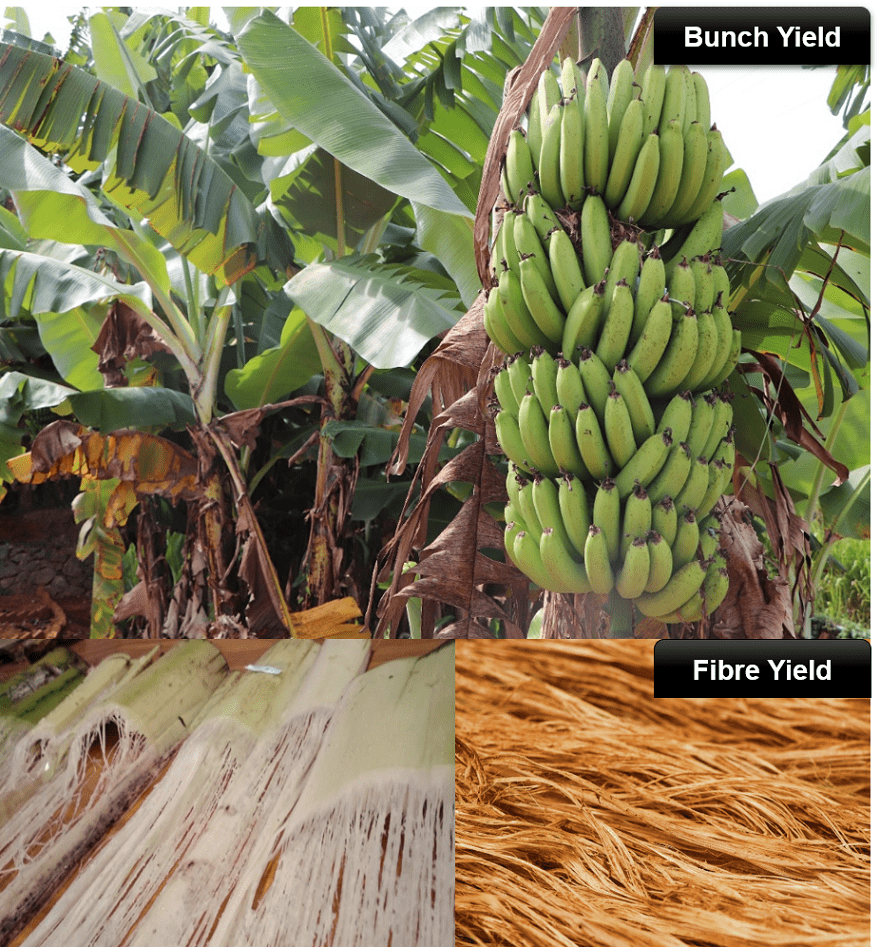Mathematical modelling techniques in predicting crop growth and yield of bananas for precise decision-making
The paper “Growth and yield estimation of banana through mathematical modelling: A systematic review”, published in The Journal of Agricultural Science, has been chosen as the latest Editorial Highlight and is freely available to download for one month.
Mathematical models have been highly exploited to estimate the growth and yield of bananas, particularly as a tool for predicting, planning, and managing resources and are important in bridging conceptualization and realization. The main objective of the present review was to explore studies related to mathematical models that were used to estimate the growth and yield of bananas for both fruit and fibre and to synthesize the available information. We reviewed 75 full-text articles published between 1985 and 2021 for information on mathematical models related to banana growth, fruit, and fibre yield.

The results show that 34 and 20 previous studies estimated fruit yield and growth, respectively. However, no studies have been performed to assess banana fibre yield to date based on our search. This may be because the application of modelling techniques has not been fully studied for banana fibre yield as it is an emerging venture being explored recently. To understand and exploit the mechanism of mathematical models, we extracted the modelling approaches of selected studies. Modellers often used multiple linear regression models to estimate banana plant growth and fruit yield. Existing models incorporate a range of predictor variables, growth conditions, varieties, modelling approaches and evaluation methods, which limits comparative evaluation and selection of the best model. However, the banana process-based simulation model ‘SIMBA’ and artificial neural network have proven their robust applicability to estimate banana plant growth. Overall, the present systematic review assesses evidence-based modelling efforts made by previous researchers to estimate banana growth and yield. However, this review shows that there is insufficient information on mathematical models related to banana fibre yield. Hence, accurate, novel, and informative models for estimating banana growth and yield of both fruit and fibre are encouraged, utilizing appropriate predictors and algorithms. This review could aid stakeholders in identifying the strengths and limitations of existing models, as well as providing insight on how to build novel and reliable banana crop-related mathematical models.
The Journal of Agricultural Science Editorial Highlights are selected by the Editor-in-Chief and are freely available for one month. View the recent selections here.






